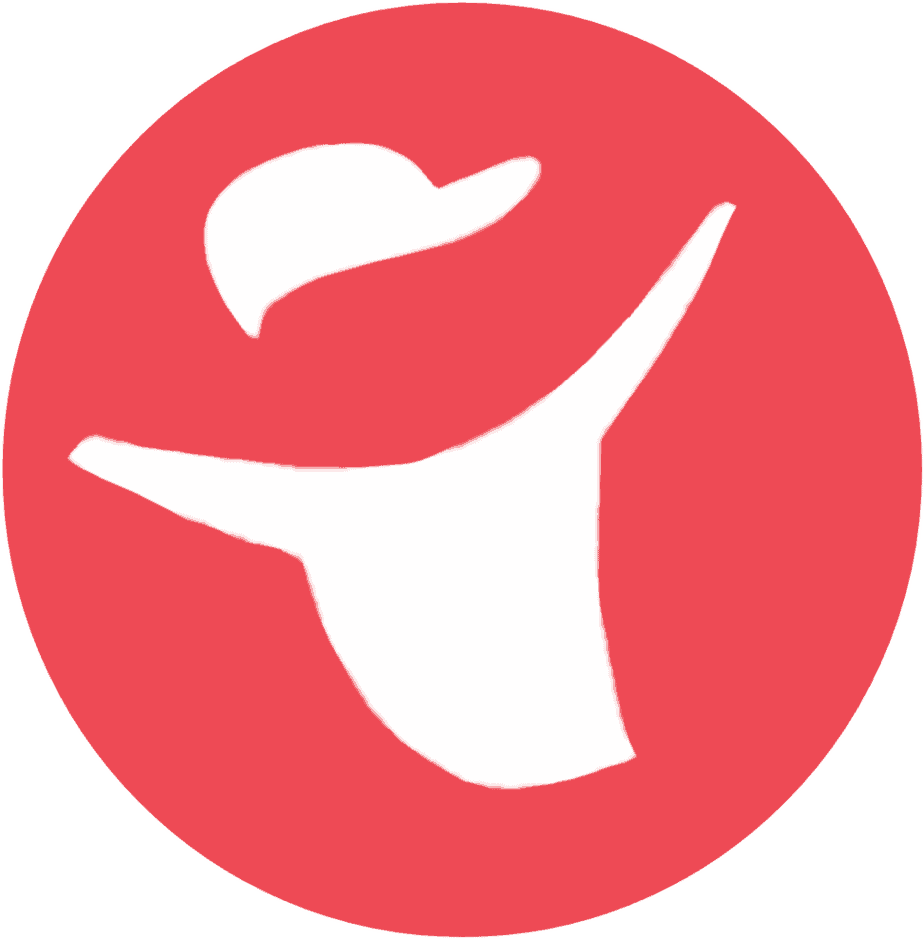Bone fractures
Bone fractures are the result of overload (apart from stress fractures which are the result of overuse). When there is a fracture, the blood vessels and nerves in the area can be damaged, which can cause paralysis of the muscles or numbness of the muscles.
Therefore, an effective and optimal initial treatment of the fracture is very important in order to prevent long-term damage.
There are two types of fractures that are typical of children and do not appear in adults:
Fractures in bone growth areas – These fractures can affect the bone growth process and damage it.
Bone crack – is especially common in children as it is a result of the elasticity of their bones.
A fracture can be an internal fracture or an external fracture.
- An external fracture (also called an open fracture) is a fracture in which the bone protrudes outside the skin. This condition exposes the body to many infections and therefore the urgency to treat such a fracture is high.
- An internal fracture (also called a closed fracture) is a fracture in which the bone breaks inside the body and does not come out. Such a fracture can cause internal damage to the body in the bloodstream, muscle damage, or even nerve damage, however, it is less urgent to treat than the open fracture.
Possible complications of a fracture are a deformity of the bone, and restriction of movement after recovery, in case it is a fracture in the joint.
Stress fractures
unlike normal fractures, are the result of repetitive strain on the bone and are most common in the lower limbs.
Other reasons for the appearance of stress fractures:
- Calcium leakage – requires a doctor’s examination to provide a solution.
- Shoe replacement – It is advisable to always change shoes to the same type of shoe, in order to prevent changes in the shape of the pressure exerted on the foot.
- Irregular training and uncontrolled loads – training control and professional advice are of paramount importance in maintaining the athlete’s health.
- Poor nutrition or lack of any nutritional component – you can contact a nutritionist or alternatively study the subject in depth.
Treatment
The best treatment is to avoid any activity for a few weeks, until the pain disappears.
If the pain is located in the center of the tibia the area can be bandaged.
Preventative care
- Build a gradual training plan that will prevent a sudden load
- suitable shoes
- Running on soft surfaces
If you have any questions, you are more than welcome to contact us on our WhatsApp or our Instagram.
This section does not constitute advice or recommendation to act in one way or another. Before any action you take, it is important to consult a doctor or specialist in the field. We do not take responsibility for any damage that may be caused as a result of any use of this information.


